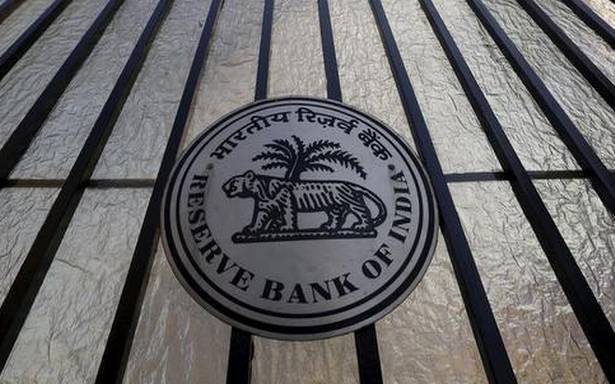Three key factors could explain why the bad loans problem is likely to worsen
The ratio of Gross Non-Performing Assets (GNPA: loan accounts overdue for 90 days or more) in Indian banks decreased in FY20 and FY21 (upto September) despite the impact of COVID-19 and the economic downturn that preceded it.
This was mostly due to three factors: 1) Banks wroteoff relatively more NPAs in FY20 to clean their balance sheets; 2) Some large NPA accounts got resolved through debt-recovery channels; and 3) It is not known what share of loan accounts, which were under COVID-19-related moratorium, will turn into NPAs in the immediate future.
Fall and rise
After peaking in FY18 (11.2%), the GNPA ratio of all commercial banks fell in FY19 (9.1%) and FY20 (8.2%). It continued to decline in FY21 (7.5% as of Sept. 2020). The GNPA ratio of Public Sector Banks (PSBs) mimicked this trend. However, the GNPA ratio of Private Sector Banks (PVBs), though always lower than that of PSBs, has been increasing gradually since FY15.
Chart appears incomplete? Click to remove AMP mode
Write-offs increase
The fall in NPAs in FY20 can be largely attributed to loan write-offs. Banks have to set aside (or provision) a part of their profit as a buffer for potential losses that may arise from NPAs. Thus, NPAs reduce a bank’s available capital to lend fresh loans. So, banks voluntarily choose to write-off NPAs to maintain healthy balance sheets. In FY20, GNPAs written off by PSBs reached a six-year high.
Recoveries peak
Through various debt recovery channels, ₹1,72,565 crore worth of NPAs was recovered in FY20, the highest in many years. Resolution of some large NPA accounts helped reduce the GNPA ratio in FY20. The graph plots the NPAs of all banks recovered through various channels. In FY20, the recovery reached a peak.
Future tense
As of Aug. 31, customers accounting for 41% and 34% of all outstanding loans in PSBs and PVBs, respectively, opted for the loan moratorium. Thus, the GNPA ratio of 7.5% in September 2020 is a conservative estimate. It is still not known what share of loan accounts which came under the moratorium will turn into NPAs (loans overdue >90 days).
However, a sharp rise in Special Mention Accounts-0 (loans overdue <30 days) in Sept. 2020 points to the initial signs of stress after the lifting of the moratorium on Aug. 31. This shows that one month after the end of the moratorium, a higher share of customers are starting to default on payments.
Source: Read Full Article

